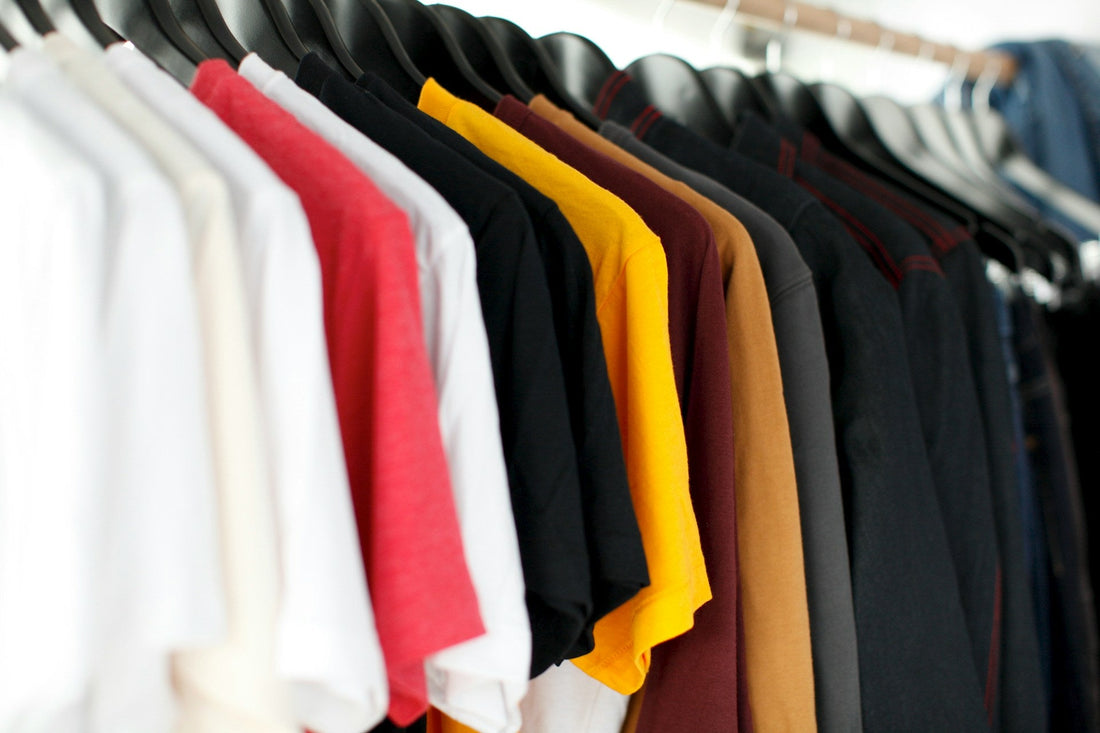
Top 10 Apparel Supply Trends American Retailers Need to Watch in 2025
Share
Introduction
The apparel industry is evolving fast—and 2025 is shaping up to be a pivotal year. For American retailers, staying ahead of the curve in apparel supply is no longer optional. From shifting consumer demands to advanced tech integration and sustainability mandates, change is the only constant.
Here are the top 10 apparel supply trends that U.S. retailers need to watch closely in 2025 to stay relevant, competitive, and profitable.
1. Sustainable Sourcing Goes Mainstream
Eco-conscious consumers are demanding transparency. In 2025, sustainable apparel supply chains will become a requirement, not a differentiator. U.S. retailers are increasingly sourcing from suppliers with certifications like GOTS, OEKO-TEX, and Fair Trade.
🔑 Keyword to rank for: “sustainable apparel sourcing USA”
2. AI-Powered Inventory and Demand Forecasting
Artificial Intelligence is transforming how retailers manage stock. Predictive analytics helps forecast trends, reduce overproduction, and optimize logistics.
🔑 Keyword to rank for: “AI in apparel supply chain”
3. Nearshoring Over Offshoring
The global supply chain disruptions of 2020–2023 pushed U.S. retailers to nearshore production. In 2025, expect more brands to source from Mexico, Central America, or within the U.S., reducing lead times and transportation costs.
🔑 Keyword to rank for: “nearshoring apparel USA”
4. Customization and Small-Batch Production
With consumers demanding more personalization, suppliers are adapting by offering on-demand production and low MOQ (minimum order quantity) options.
🔑 Keyword to rank for: “custom apparel suppliers USA”
5. Digitized Supplier Vetting & Onboarding
Retailers now use digital platforms and AI tools to evaluate suppliers faster and with more accuracy—cutting down on manual vetting and risk.
🔑 Keyword to rank for: “apparel supplier onboarding tools”
6. Ethical Labor Practices as a Core Requirement
Beyond greenwashing, U.S. retailers are demanding labor transparency. Audits, real-time factory monitoring, and blockchain-backed transparency are on the rise.
🔑 Keyword to rank for: “ethical apparel suppliers USA”
7. Increased Demand for Tech-Integrated Fabrics
From smart fabrics to antibacterial textiles, technology is driving innovation in the raw material space. Expect more demand for performance-enhancing apparel across sportswear and workwear sectors.
🔑 Keyword to rank for: “smart textiles suppliers USA”
8. Greater Focus on Circularity
Retailers are exploring closed-loop systems where products are recycled into new textiles. Apparel suppliers are responding with take-back programs and recyclable fabric blends.
🔑 Keyword to rank for: “circular fashion supply chain”
9. Compliance with U.S. Trade Regulations
With shifting trade laws and tariffs, especially on imports from China, retailers need agile suppliers who can adjust sourcing quickly and remain compliant.
🔑 Keyword to rank for: “US apparel import regulations 2025”
10. Data-Driven Supplier Partnerships
Suppliers now offer dashboards and APIs for real-time updates on production, inventory, and logistics. This helps U.S. retailers make data-driven decisions.
🔑 Keyword to rank for: “real-time apparel supply chain software”
